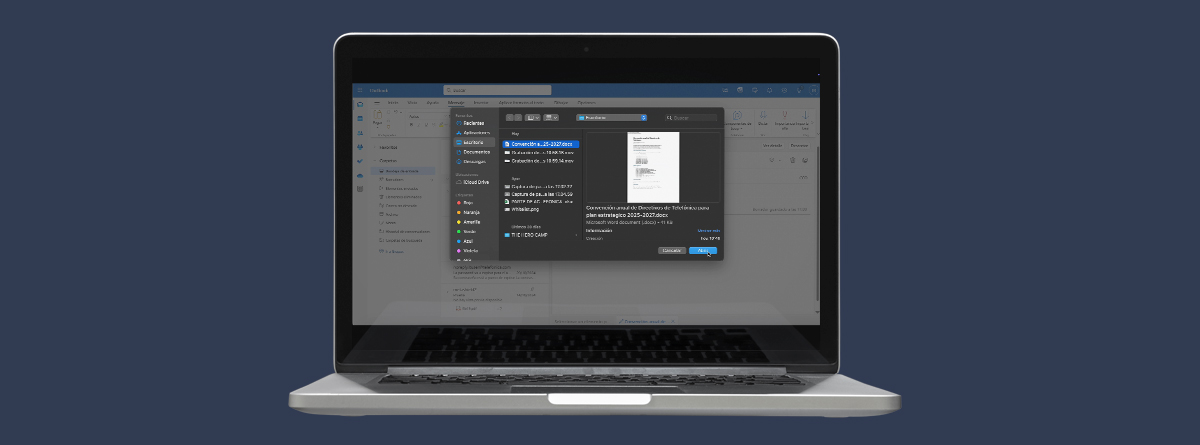NFTs: what are, how they work and where you can buy them
Share

The virtual world never ceases to amaze us. In recent years we have witnessed how it is changing the way goods are acquired, sold and owned. From works of art, songs, photographs, objects from a video game, and so on, to a wide variety of digital collectibles. Even a tweet.
In this article we are going to explain what NFTs (Non Fungible Tokens) are , why they have become so popular and the uses we can give them nowadays. These unique and irreplaceable digital files can represent anything.
NFTs have the potential to revolutionize the way digital assets are created and traded, just as cryptocurrencies once did. In fact, as you’ll discover below, the two assets are closely related.
What is a non-fungible token and how does it work?
NFTs (Non-Fungible Tokens) are digital assets that are stored on a blockchain and can have a variety of applications, from representing currencies or cryptocurrencies to serving as unique digital assets.
But unlike cryptocurrencies or money, which are interchangeable (a 20-euro bill can be exchanged for two 10-euro notes and have the same value) and are consumed when used, NFTs represent something unrepeatable.
Thus, a work of art is unique and there is no other like it anywhere else. In fact, one of the greatest exponents of the NFT market is digital art. The main characteristic of these non-fungible tokens is their uniqueness and verifiable ownership, as they are assigned a digital certificate of authenticity.
Moreover, as they operate through blockchain technology, the ownership and history of each NFT can be easily tracked, which offers a lot of transparency and security in transactions. You can buy, sell or trade these unique digital assets with confidence.
Origin of NFTs
The concept of NFTs emerged more than a decade ago on Ethereum, a digital platform based on blockchain technology. However, unique, digital assets as we know them now only began to take shape in 2017, when the first collectibles emerged: the ‘CryptoPunks’, a limited edition of 10,000 original characters, and the ‘Cryptokitties’, an NFT video game that allowed you to collect and breed unique virtual kittens.
The turning point in the NFT market was marked by the JPG file ‘Everydays – The First 5,000 Days’, sold for $69.3 million by Christie’s auction house in New York. The transaction made by Dack Dorsey was also a big hit. The co-founder of Twitter sold his first tweet for an amount of 2.9 million dollars.
Although these figures are no longer reached today, new ways to take advantage of this technology are still being continually explored. The value of each token can fluctuate over the years, as its price is set by the owner and the demand for it at the time.![]()

NFT games, one of the most prominent uses of these non-fungible assets
One of the industries that is exploiting the versatility of NFTs is video games. Players can own unique characters, weapons and other items to make that game unique and give it a value of its own.
A clear example of this is ‘Axie Infinity’, a blockchain-based role-playing game that allows players to breed, train and fight creatures, and was one of the pioneers in this field. Others that are also popular are ‘The Sandbox’, already known for its success on the mobile devices or ‘Gods Unchained’, which is a collectible card game.
One of the advantages that NFT games offer over traditional video games is that players have full ownership of the elements of that game to buy, sell, trade or rent their assets without restrictions. In addition, gamers gamers can earn money by selling their items or earning in-game rewards.
Other uses of these unique digital files
One of the ultimate exponents of non-fungible tokens is “crypto-art”. NFTs have revolutionized the way artists can monetize their work by allowing them to sell works directly to collectors, ensuring unique ownership of digital art.
In addition to artwork, here are some functionalities of NFTs:
- Digital music. Artists take advantage of selling their songs and albums in a way that is more profitable and also gives them more control over their work.
- Buying tickets. Apart from dealing with fraud or counterfeiting, some event tickets of any kind (theater, shows or concerts), can also become collectibles.
- Fundraising for charitable purposes. As an example, a campaign created by UNICEF stands out, which launched more than 1,000 pieces through the Ethereum blockchain to finance some of its projects.
- Lifetime collectibles. Some physical objects that already triumphed in the analog era, such as stamps and stickers, also have a space in this virtual world.

![]() Where to buy NFTs
Where to buy NFTs
To acquire a unique non-fungible token, you have to register in the different online platforms that specialize in selling and trading them. The most popular worldwide are OpenSea, which is one of the largest marketplaces with a wide range of artwork to NFTs and digital collectibles, or the open source platform Rarible.
In Spain, there are also NFT marketplaces, such as TU Gallery which puts artists and buyers in contact with each other so that they can carry out these transactions in a very simple and secure way.
All these platforms usually accept payments with cryptocurrencies, since most of the tokens are based on this blockchain technology. Once you have a compatible wallet and funds to use, you can view the available collections, bid in auctions or directly buy the NFTs you are interested in.
We always recommend you to take your time to research the token you are thinking of acquiring and also to be patient when it comes to selling it and being able to make a profit.
Periodista con más de 20 años de experiencia, especializado en redacción de contenidos optimizados para posicionamiento en buscadores.





